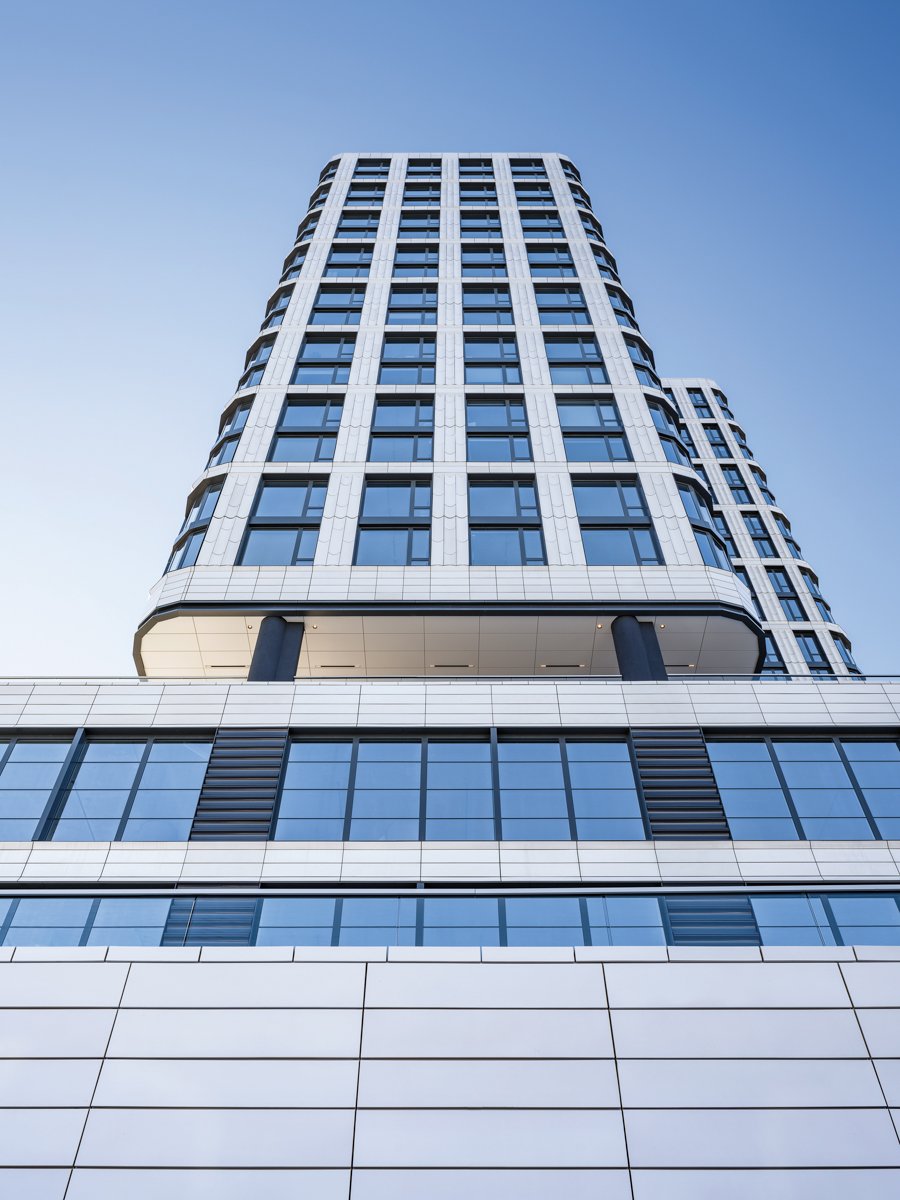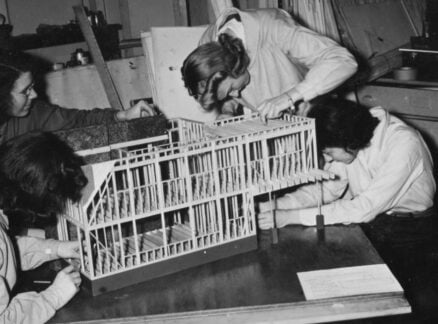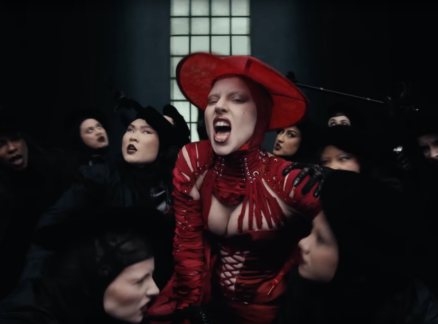
January 1, 1970
LIVING Live/Work/Play Space
The Dime is a new visual landmark for the endlessly dynamic Brooklyn neighborhood of Williamsburg. Sitting at the base of the Williamsburg Bridge, the glass-and-terracotta tower stretches 23 stories above its surroundings of mostly low-rise buildings. When New York City architecture firm Fogarty Finger began working on the mixed-use project in 2016, it viewed the […]

The Dime is a new visual landmark for the endlessly dynamic Brooklyn neighborhood of Williamsburg. Sitting at the base of the Williamsburg Bridge, the glass-and-terracotta tower stretches 23 stories above its surroundings of mostly low-rise buildings. When New York City architecture firm Fogarty Finger began working on the mixed-use project in 2016, it viewed the building as a bridge between old and new. “We started with a big-picture question,” says cofounder Chris Fogarty. “What is Williamsburg today and what is it going to be in the future?”
Today, the neighborhood is a maturing hub of creativity—a place where people are as likely to work during the week as they are to play on the weekends. The Dime straddles those worlds with a tiered layout designed so residents can spend their entire day in the building if they so choose. Fifty thousand square feet of retail space fill the ground level, while 105,000 square feet of office space sit above it. The building is topped by a 17-story tower of luxury rental units that capture views of the bridge and Manhattan.

The Dime occupies most of a block, but zoning regulations required that it offset its large footprint with nearly half an acre of terraces and green space, which is divided throughout to give residents and office tenants access to the outdoors. “We’re using this old-fashioned zoning to create this modern-looking building,” Fogarty explains.
Black scalloped terra-cotta tiles line the base of the building, while white terra-cotta clads the residential tower. The material is a subtle nod to the Dime’s neighbor and namesake the Williamsburg Dime Savings Bank, a classical building constructed in 1908. “We wanted to respect the bank, not mimic it,” Fogarty says. Despite that affiliation, the Dime is thoroughly contemporary, with rounded edges and large spans of glass windows and black mullions that reference the area’s industrial legacy.
Every commercial level has its own outdoor terrace, but the building’s primary amenity space is on the fifth floor, where residents can use a fitness center with a half basketball court. Two bright lounges bookend the floor and feature kitchenettes, minimalist furnishings, and plenty of electrical outlets for coworking. The south lounge leads to a terrace with an outdoor yoga studio, while its northern counterpart is extensively landscaped and outfitted with grills, lawn furniture, and an herb garden.

“You walk past [other buildings’] amenity spaces at night and you never see these glossy gyms or cold lobbies being used,” says Candace Rimes, an associate director at Fogarty Finger in charge of interiors. “We really wanted to avoid that as much as possible and create a warm environment.” Fogarty Finger designed the lounges before the pandemic, but the spaces presciently cater to people whose commute requires only riding an elevator down a few floors. “We wanted to give people time back through these amenity spaces,” Rimes adds.
In the structure’s residential volume, the 177 rental units—including studios, one-, two-, and three-bedroom apartments, and two penthouses—feature washed oak flooring and cabinetry, and clean-lined bathrooms with glassy walk-in showers. Eight-foot-tall windows bring natural light into each apartment’s living room and kitchen, and 97 corner units benefit further from the building’s rounded edges, making their views semi-panoramic. “The main feature in these residences are the views and the windows,” Rimes says. “The lighting is just exquisite, and all the finishes really support that.”
While there’s no bad view at the Dime, the best is by far on the 22nd floor, where a residents-only speakeasy and terrace looks out toward the East River and Manhattan. Painted in high-gloss green and featuring walnut furniture, warm library lighting, and custom millwork, the vintage-inspired bar is a nighttime respite where people will be able to relax with a glass of wine. The bar is the last stop of the day in an all-encompassing building for people who are looking for an integrated lifestyle as much as an apartment.
Selected Sources
PROJECT CREDITS
• Design architect and interiors: Fogarty Finger
• Landscaping: Grain Collective
• Developers: Charney Companies, Tavros Holdings
INTERIORS
• Kitchen surfaces: Corian, Wilsonart Laminate
• Kitchen products: Blomberg Appliances
• Bath surfaces: Nemo Tile, Artistic Tile, Wilsonart Laminate • Bath fittings: American Standard, Gatco
• Wall finishes: BM Paint
• Flooring: Interface Carpet, AquaSense Luxury Vinyl, Ferno Hardwood, Sport Floor Rubber
• Accessories: MENU
• Furniture: TRNK, Article, Restoration Hardware, West Elm, Crate and Barrel, Room and Board, Industry West, Custom Furniture by Fogarty Finger (Fabricated by Matt Eastvold)
• Lighting: FLOS Lighting
• Textiles and upholsteries: Maharam
EXTERIOR
• Cladding: Boston Valley Terra Cotta, Parex EIFS, Sobotec ACM
• Windows and doors: Pioneer







